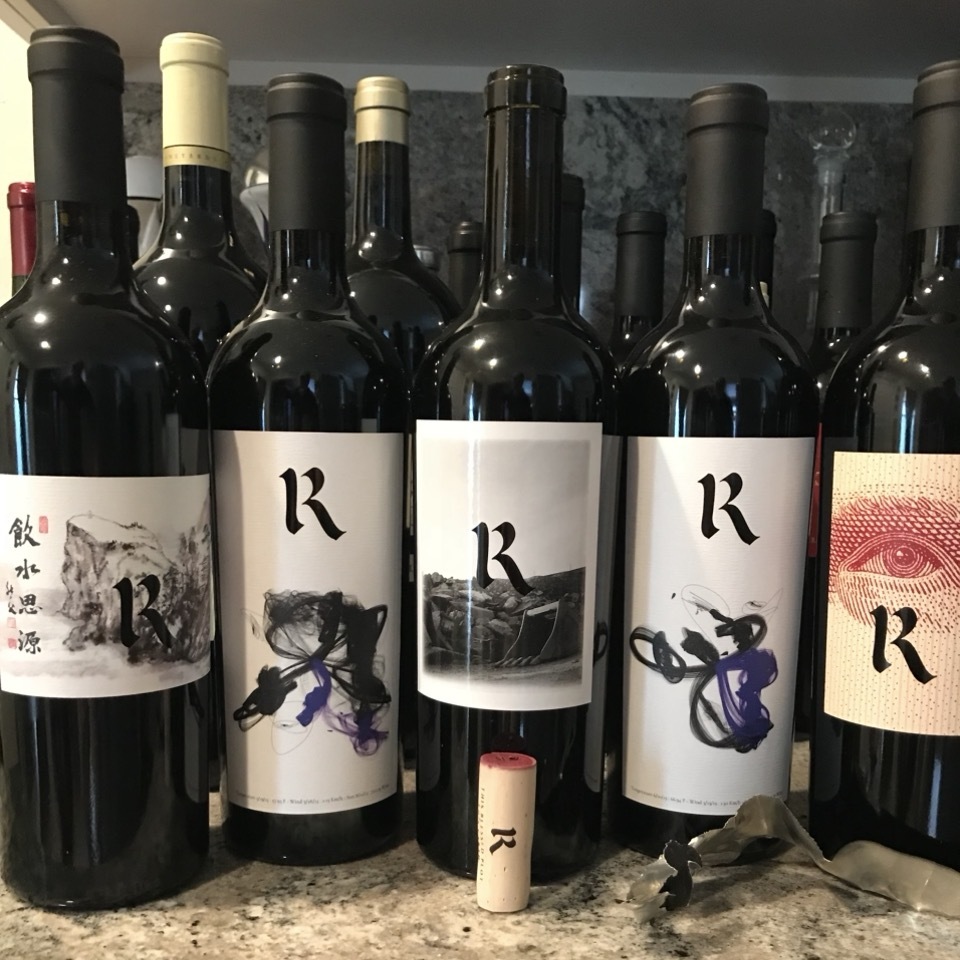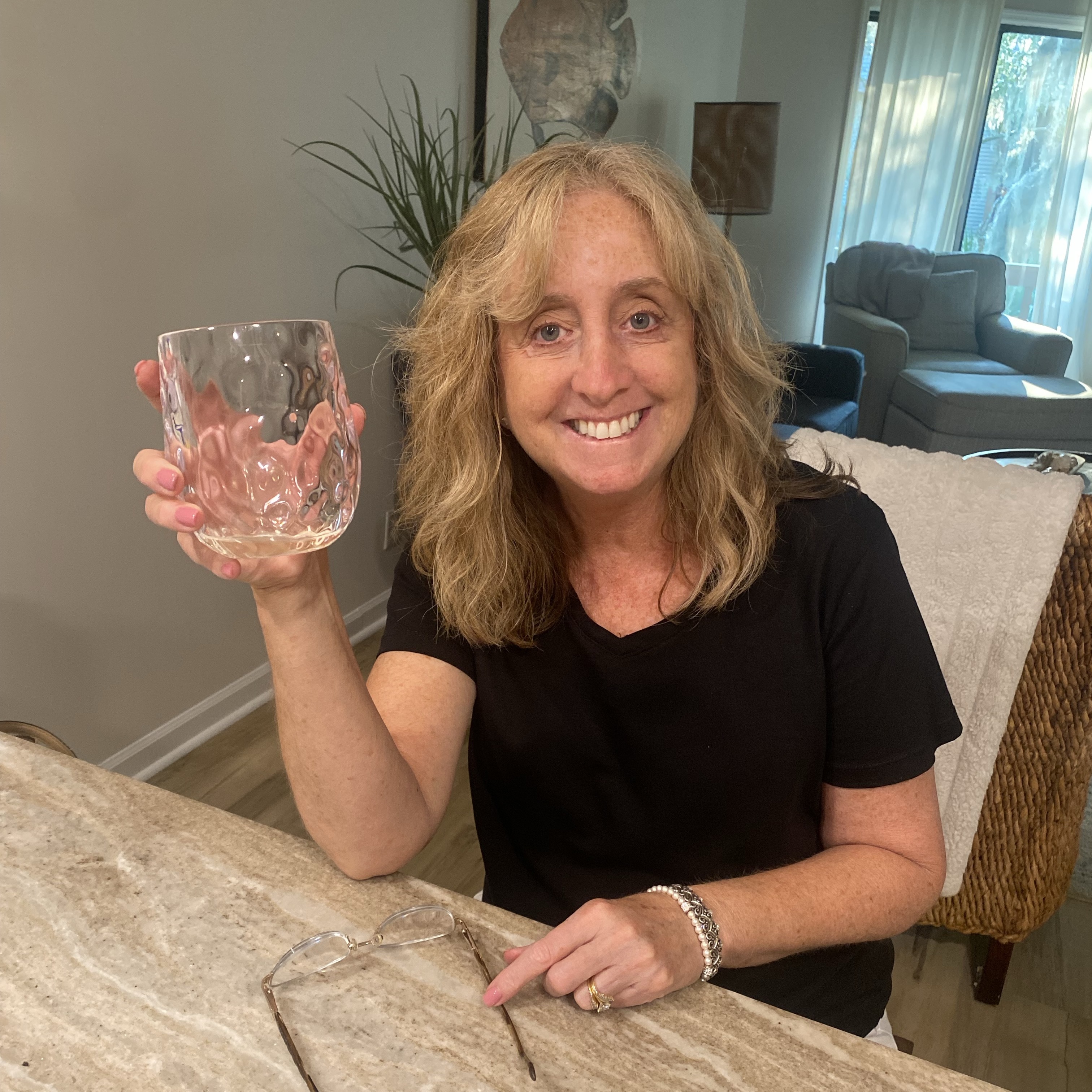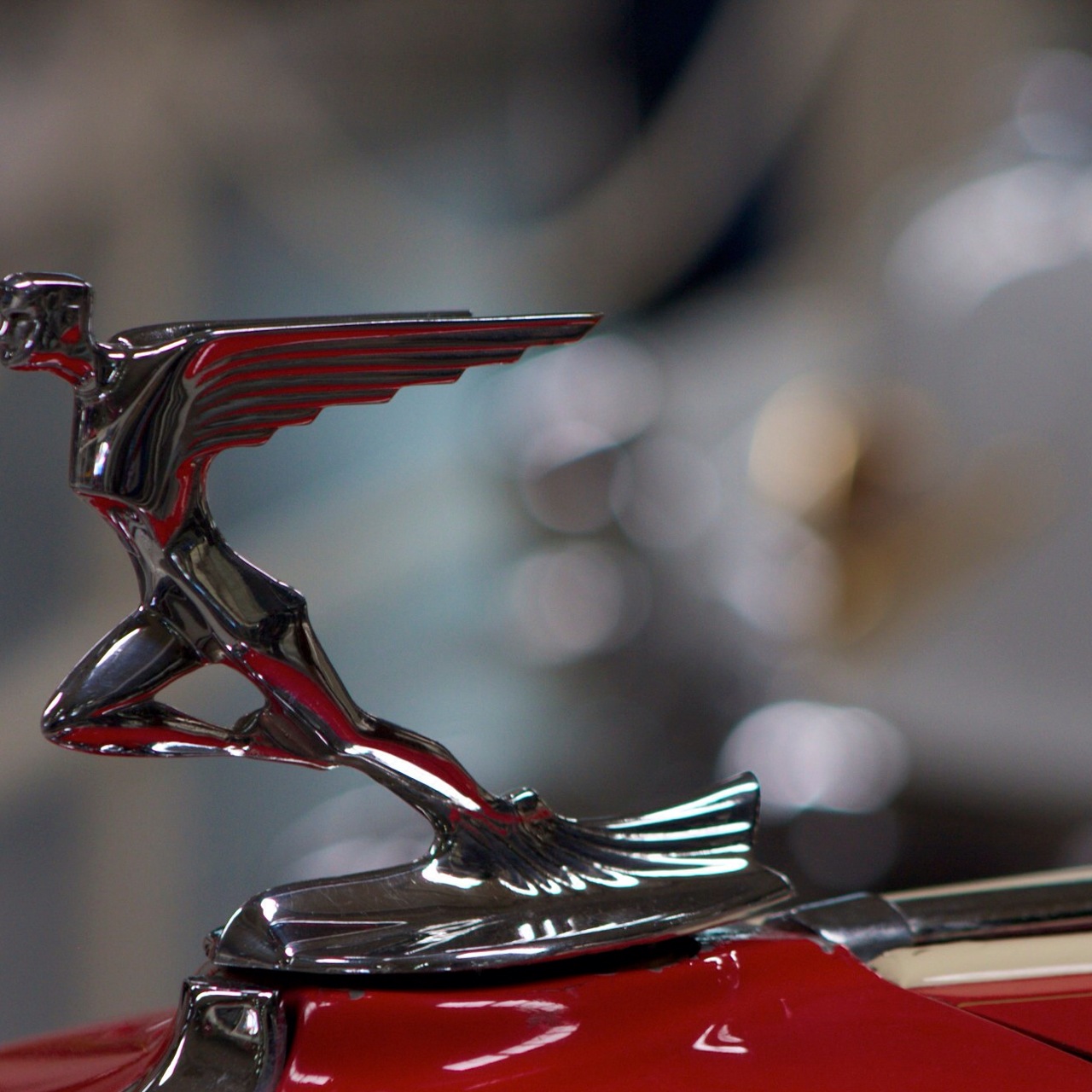Veuve Clicquot Ponsardin
Veuve Clicquot Ponsardin
Cave Privée Vintage Brut Champagne Blend 1990
Veuve Clicquot Ponsardin
Yelloween Brut Champagne Blend
Celebrating your life's milestones
Omg becky — 6 years ago
Veuve Clicquot Ponsardin
Extra Brut Extra Old Champagne Blend
МХ
Многогранный нос, много вторичных нот, свежее , элегантное во рту — 7 years ago
Bollinger
Brut Rosé Champagne Blend
On the nose; bright cherries, ripe strawberry & cranberry reduction, black raspberries, raspberries, watermelon near the rhine, mixed orange citrus, oyster shells, baguette crust, understated volcanic minerals, chalk, saline, fresh pink roses and florals. The body is full and a shade gluey. The fruits are ripe, rich and candied/gummy in style. Bright cherries, black cherries ripe strawberry & cranberry reduction, black raspberries, raspberries, watermelon near the rhine, mixed orange citrus spray, saline, seashells, soft grey volcanic minerals, lots of grippy powdery razor sharp chalkiness, baguette crust, fresh pink roses & florals, acidity that is round and well done, understated delicate micro bubbles and a long, well balanced, rich finish. The reason why I prefer the Billecart Salmon, Ruinart & Laurent Perrier over the Bollinger is it’s a little too sweet for me. Photos of; the House of Bollinger, cellar, headstone that marks one of their vineyards and their harvest staff picking perfectly manicured rows. Producer notes and history...Bollinger has roots dating back to 1585 when the Hennequins, one of the Bollinger founding families, owned land in Cramant. Before the Bollinger house was founded in the 18th century, the Villermont family practised wine making, though not under their family name. In 1750, Villermont settled at 16 rue Jules Lobet, which would eventually become the head office for Bollinger. In 1803 Jacques Joseph Placide Bollinger was born in Ellwangen, in the kingdom of Württemberg. In 1822, he moved to Champagne and found work at the house of Muller Ruinart, which no longer exists. Many other Germans came to settle in the Champagne region, including Johann-Josef Krug and the Heidsiecks, who founded a house that would become; Charles Heidsieck, Piper Heidsieck, Veuve Clicquot and others. The Champagne house Renaudin Bollinger was founded in 1829 in Aÿ by Hennequin de Villermont, Paul Levieux Renaudin and Jacques Bollinger. The partners agreed that the Villermont name would not be used on the labels, hence the house name Renaudin Bollinger. Starting when Jacques Bollinger married Charlotte de Villermont, the house has been managed by the Bollinger family. Even though Paul Renaudin passed without an heir to his name, the label did not become solely Bollinger until the 1960s. Founder Jacques Joseph Bollinger married Charlotte de Villermont. The had a daughter, who had two sons Joseph and Georges. These sons took over the company in 1885 and began expanding the family estate by purchasing vineyards in nearby villages. The sons also developed the image of the brand, such as when Bollinger became the official supplier to the British court and received a Royal Warrant in 1884 from Queen Victoria. In 1918, Jacques Bollinger, the son of Georges, took over the company and married Emily Law de Lauriston Boubers, known as "Lily". Jacques expanded the facilities by building new cellars, purchasing the Tauxières vineyards, and acquiring the assets of another Champagne house on Boulevard du Maréchal de Lattre de Tassign, where Bollinger's offices are presently located. When Jacques Bollinger died in 1941, Lily Bollinger took over. Lilly expanded production with the purchase of even more vineyards, but is best known for traveling the world to market the brand. Bollinger was modernized under the Claude d'Hautefeuille, who acquired additional vineyards and further developed the brand internationally. Following Claude, his cousin Christian Bizot took over the Bollinger house and expanded world distribution. Their Winemaker also used several James Bond film movies to market the brand. Bollinger is fermented in oak barrels. At harvest, only the first pressing is used in the cuvée, unless the vintage is of particularly high quality, when a second pressing of Chardonnay will be used. Bollinger sells the second pressing, the tailles. Bollinger utilizes two pressing houses (Louvois and Mareuil sur Aÿ) to ensure a short distance between harvest location and pressing. When possible, grapes purchased from growers are pressed by the house. When the pressed wine arrives, the Bollinger cellar master analyzes the musts for quality, discarding and selling off those that do not meet the house standards. The first fermentation is done cru by cru, variety by variety, preserving many of the unique characteristics of the vines location. Bollinger is one of the few Champagne houses to do some first fermentation in oak barrels. Wines that will not hold up to first fermentation in wood are vinified in vats. Bollinger Champagnes usually undergo malolactic fermentation. The Grande Année 1995 did not undergo malolactic fermentation. Bollinger uses only traditional yeast. They’ve decided that new generations of yeasts (agglomerated yeasts and encapsulated yeasts) do not produce satisfactory Champagne. Vintage wine, including all wine to be used in a Grande Année, is fermented in small oak barrels, sorted according to origin and variety. Both oak and stainless steel are used for non-vintage wine. Bollinger also has the last Cooperage in Champagne. The oak barrels are all at least four years old, avoiding the transfer of tannins to the wine. The wines are only lightly filtered. All Bollinger Champagne spends a long time on its lees, contributing to the complex flavour of the wine. Though appellation d'origine contrôlée rules only require 12 months on lees for non-vintage Champagne and for vintage (NV wines, 15 months from tirage to release and vintage wines must be kept for 36 months from tirage to release), Bollinger ages their non-vintage wines three years, and the vintage wines from five to eight years. The Grande Année and R.D. Champagnes are riddled by hand. At disgorgement, Bollinger wines are given a low dosage, to maintain the balance and flavor of the wine. The company uses 6-9 grams of sugar per liter for the Special Cuvée and La Grande Année. The extra-brut R.D. is dosed between 4 and 5 grams. After dosage, the wines are aged an additional several months, resting for a minimum of three months before shipping. Bollinger owns nearly 160 hectares of vines, producing more than 60% of its supply. The vines are largely Pinot Noir, specifically clone 386. Bollinger believes this clone ensures good quality as well as highlighting characteristics of the various terroirs. The vineyards also include some rare ungrafted French vines from before the phylloxera. Bollinger owns vines all over Champagne, including the crus of Aÿ, Bouzy and Verzenay. — 8 years ago

I figured a real keyboard needed to be involved, thanks for the insight.

Veuve Clicquot Ponsardin
Sec Champagne Blend
A lot of bubbles. Reliably good. — 10 years ago
Jean-Claude Mouzon
Brut Intégral Blanc de Noirs Grand Cru Pinot Noir 2005
The 569th out of 1000 bottles from the exceptional 2005 vintage. Blanc de noirs from Verzenay, the home of Champagne's Pinot Noir vineyards. This wine is made by the daughter of a Veuve Clicquot producer turned to independent wine maker. Round, rich and intense. — 11 years ago
Veuve Clicquot Ponsardin
Rich Reserve Brut Champagne Blend 1988
Rich vintage 1988... lovely and surprising wine tasted with spicy asian food, stunning! — 13 years ago
Veuve Clicquot Ponsardin
Cave Privée Brut Rosé Champagne
Nice way to bring in new year — 6 years ago
Veuve Clicquot Ponsardin
Ice Jacket Champagne Blend
as they say in french, “nom nom nom” — 7 years ago
Billecart-Salmon
Brut Rosé Champagne Chardonnay Blend
After last nights disappointing Veuve Clicquot Rosé that I opened and someone pouring the entry level Veuve Clicquot tonight at an early Christmas party, I simply couldn’t take it anymore. I needed a really good glass of Rosé Champagne and BSR always comes through.
Hope you are all ready for a wonderful Christmas celebration with family, friends, good food & not least of all...outstanding wines. Merry Christmas & cheers! 🍾 🥂 🎄 🎁 🦌 ❄️ ⛄️ — 7 years ago

Krug
Brut Rosé Champagne Blend
There are certain occasions that call for Krug Rosé. So, HBTM! The bottle was corked in the summer of 2014. It’s a blend of 45 reserve wines with the oldest being from 2007 and the youngest 2002. This is why I think Champagne Makers are some of the most talented people making wine. They are constantly blending up to 100 plus wines to bring that bottle to bottle and year to year branded flavor of consistency. On the nose; red & pink spring flowers, cherries, strawberries, watermelon, black cherry, black raspberries, notes of blood orange citrus, baked bread, soft volcanic mineral and elegant chalkiness. The palate is always ridiculously delicate. Micro bubbles, silky rich texture with beautiful soft acidity. The palate fruits are similar to the nose; rich & ripe cherries, strawberries watermelon, black cherry, black raspberries, notes of blood orange citrus with hints of marmalade. Red & pink spring flowers, baguette crust, soft powdery minerals that give the palate a slight sting and super powdery chalkiness done just right. The finish is beautifully rich, textured, revealing itself in layers and lasts minutes. Photos of; Founder Joseph Krug, House of Krug, Winemaker Eric Lebel, Krug’s Clos du Mesnil, a small plot of 1.85 hectares of Chardonnay...one of the world’s greatest vineyards and their salon tasting room. Producer history & notes...Krug was founded by Joseph Krug in 1853. They are based in Reims, the main city in France’s Champagne region. It is one of the famous Champagne houses that formed part of the Grande Marques. Today the house is majority owned by the multinational conglomerate LVMH, which owns Moët Hennessy, Louis Vuitton S.A. and who’s wine producer portfolio includes other well known wine brands such as; Moët & Chandon, Veuve Clicquot, Château d'Yquem, Ruinart & Cheval Blanc, Dom Perignon and many others. Despite LVMH's majority ownership, the family is still actively involved in all the key decisions of the house but does not manage the day-to-day operations. Joseph Krug was born Johann-Joseph Krug, a butcher’s son, in Mainz, on the Rhine in 1800 when the city was part of the Napoleonic Empire. Having dispensed with the name Johann, he left Mainz in 1824 and in 1834 moved on to Paris. Germans were in demand in France as accountants and bookkeepers. So, Joseph joined Champagne Jacquesson in Châlons-sur-Marne. He spent eight years with Jacquesson. His work took him beyond accountancy. He went around Europe testing the market and assessing criticism from wine sellers and customers. He learned about composition and taste so that by 1840 he already seemed to have been blending Champagne for at least one other house. In 1841, he married Emma-Anne Jaunay. The daughter of a French hotelier based in London’s Leicester Square. The following year their son Paul Krug was born. In 1842 he moved to Reims and following a year later, Krug et Cie was founded with his partner, Hyppolite de Vivès. Joseph was fluent in French, English and German and even spoke some Russian, putting the company in position to exploit key overseas markets. Joseph died in 1866 and was succeeded by his son Paul Krug, who had been trained by his father to takeover. Joseph under the supervision of Paul, Krug was established as a Grande Marque. By the 1880s the prestige of Krug was acknowledged in the United Kingdom and became the primary overseas market for Champagne. In 1866, the House moved into Rue Coquebert, in Reims as it remains. After Paul’s death in 1910, he was succeeded by his son, Joseph Krug II. However, during World War I Joseph II was taken prisoner and his wife Jeanne played a key role in the House at a time when the Western Front divided the region between the Allies and the Germans. After the war, Joseph II’s slow recovery led to his nephew Jean Seydoux becoming joint manager in 1924. In that decade, the Krug 1926 and 1928 vintages were created, which have been considered by critics to be amongst the greatest Champagnes. Lawyer and wine writer Maurice Healey declared “Krug” the king of all Champagnes. Further, “that the 1928 Krug was the best wine made in the present century.” By the mid-1930s, Paul Krug II, the son of Joseph II, was active in the business and would become head of the House from 1959 to 1977. His father died in 1967, by which time he was, according to Patrick Forbes, “one of the most popular and respected figures in the Champagne district.” In 1962 Henri Krug, the son of Paul II, joined the management, as did his brother Remi three years later. Their arrival was followed by a series of innovations, including extensions in the range of Champagnes. In 1979, for the first time, a graduate winemaker joined the House. In January 1999, the House became part of LVMH and by 2007, the brothers, while remaining on the tasting committee, had stepped down from day-to-day responsibilities. In 2009 Olivier Krug, the son of Henri, became House Director. At harvest, Krug grapes are pressed close to their plots with the first juice kept for 24 hours in a vat prepared for the fermentation stage. The pressing from each plot is vinified separately. A pressing contains 4,000 kilos of grapes and yields 20.5 hectolitres of first juice (cuvée), which is poured into twelve oak casks chosen at random. Once fermentation is complete, the eleventh and twelfth casks are used to top up the other ten casks in order to protect the new wines from oxidation. For fifteen days, each cask is topped up with wine from the same plot. Krug uses small 205 liter oak casks tailor-made from trees that are more than two centuries old in the forests of Hautes Futaies in Central France. The average age of Krug oak casks is 20 years. They are retired after approximately 40 years of use. The wines remain in the casks for several weeks. During this period, clarification occurs naturally from the cool temperature of the cellar given the coming winter, as does a micro-oxygenation process from the use of natural containers, making the wine more resistant to oxygen over time. Finally, between December and January, the wine is drawn off into small stainless-steel vats. From here, depending on the decisions of Krug’s tasting committee, the wines will either contribute to that year’s assemblage or be stored in steel vats in the House’s library of 150 reserve wines to be used in the blend of a future Krug Grande Cuvée and or Krug Rosé. — 8 years ago


Louis Roederer
Cristal Brut Champagne Chardonnay Pinot Noir Blend 2009
Very appley. Very similar to Veuve Clicquot. — 9 years ago
Franck Bonville
Blanc de Blancs Avize Grand Cru Champagne Chardonnay
Excellent NV. Terrific action in the glass. Medium to light bodied, but gentle on the tongue. Has a crisp lemon/citrus flavor ending with a vanilla creamy finish. Nice long bubbly, creamy finish. Pure Chardonnay shows through. Comparable to ( but a few notches above) Veuve Clicquot yellow label NV — 11 years ago
Château de Boursault
Millesime Champagne 2000
Une des rares appellations Chateau en champagne. Domaine offert de la veuve clicquot a son gendre. Un de nos préférées pour les petites occasions. — 12 years ago
Veuve Clicquot Ponsardin
Demi-Sec Champagne Blend
A nice sweet take on a French favourite - uncorking at the end of a long week to toast a sweet finish! Good way to start any evening. — 6 years ago
Veuve Clicquot Ponsardin
Moscow Yellow Label Brut Champagne Blend
Brioche, toasted almond, tart, baked pear and apple — 6 years ago
Mailly
Brut Réserve Grand Cru Champagne Blend
Red Poppy. Almost as good as Veuve Clicquot.. — 6 years ago
Veuve Clicquot Ponsardin
Reserve Cuvée Brut Rosé Champagne Blend
NYE 2018 w/Maira, Josh, Stephen and Brian — 7 years ago
Veuve Clicquot Ponsardin
La Grande Dame Spécimen Brut Champagne Blend 1979
Le Gallais
Rosé des Poètes Brut Rosé de SAignée
Unbelievable quality for price. Delicious fruit from the original Veuve Clicquot estate. Buy buy buy!! — 8 years ago

Launois Père et Fils
Le Mesnil Sur Oger Reserve Champagne Blend
On the nose, green apple, lime, lemon, pineapple, honey, sea spray, beautiful chalky minerals and white & yellow lilies. It's reductive in style. Freshness is apparent as it hits the palate. Green apple, golden apple, ripe pineapple flesh, lemon, lime, underripe green melon, brioche, powdery, soft chalkiness, saline, volcanic minerals, yellow & white lilies and an amazing long finish that does fade. It's just simply delicious! This is $35 at K&L Wine Merchants and to me is the best value in Champagne. Hopefully, you are in a state they can ship. But, when they get their allocation, you had better act quick as it doesn't last but a short week. K&L has standing allocation orders from people in France as it's even difficult for Frenchmen to find in France. If you are buying Veuve Clicquot or similar for more $, you really need to buy & try the Launois cuvées. Photo tour of; their estate, Le Mesnil Sur Oger vineyard, tasting bar and their unbelievably large champagne museum. It a must appointment in your are in Épernay. Producer notes...the history of our family goes back to 1872 when the house of Launois Père et Fils was founded in the village of Le Mesnil-sur-Oger. Located on the prestigious Côte des Blancs, which is the home of the very best Chardonnay grapes. Their vineyards are all classified as "Grand Cru": The family's has passed down from fathers to son and daughter through eight generations, Séverine and Caroline Launois. All their grapes are hand harvested and processed with great care. — 8 years ago

Mestres
Visol Gran Reserva Brut Nature Macabeo-Xarel-lo-Parellada 2010
Dry, complex and yeasty flavor. Like a Veuve Clicquot, but for $37. Favorite Cava. — 9 years ago
Veuve Clicquot Ponsardin
Vintage Dry Brut Champagne Blend 1915
Rather mature. — 9 years ago
Santa Cristina (Marchesi Antinori)
Franciacorta Brut White Blend
I like it more than orange veuve clicquot — 11 years ago
De Margerie
Brut Grand Cru Champagne Blend
Better than Veuve Clicquot. — 12 years ago



















Severn G

🎇🎉New Year's Eve 2020🎉🎇
❤️🍾Cheers to the Delectable Community🥂❤️
There is no passion to be found playing small - in settling for a life that is less than the one you are capable of living.
(Nelson Mandela)
Amount disgorged: 16,388 bottles in October 2008 - Dosage: 4g/l (No Reserve Wine)
Winery Notes:
"The 1990 Vintage is a blend of 17 different Crus, all classified as Grands and Premiers Crus.
Black grapes make up two thirds of the blend: 56% Pinot Noir, from the Montagne de Reims and the Grande Vallée de la Marne, and 11% Meunier, from the Premiers Crus in the west of the Montagne de Reims.
The blend is completed with 33% Chardonnay from the Côte des Blancs and, to a lesser extent, from the Montagne de Reims." — 5 years ago